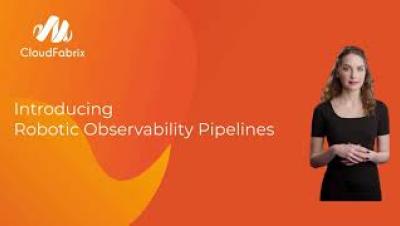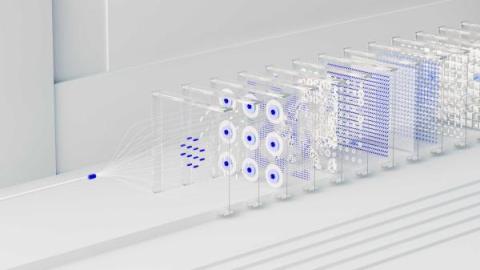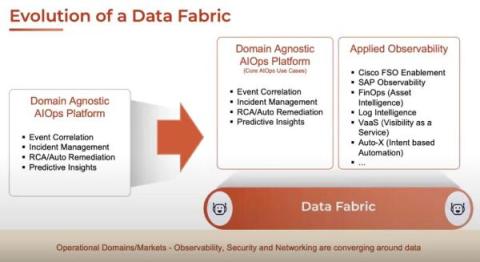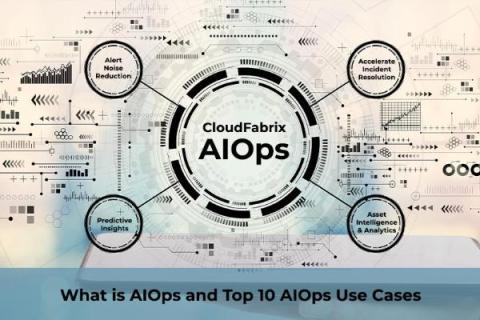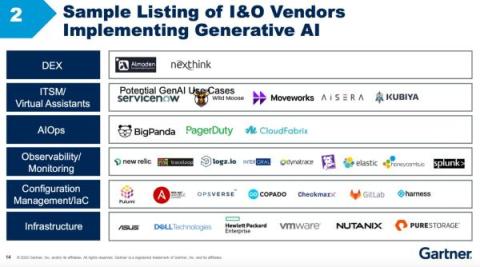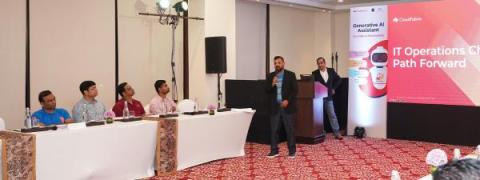Data-centric AIOps: The Next Frontier With Observability Pipelines
Data-centric AI is the new frontier in AI, where the models themselves now remain stationary while tools, techniques and engineering practices improve data quality. As Andrew Ng puts it, “Data-centric AI is the discipline of systematically engineering data to build an AI system.”



